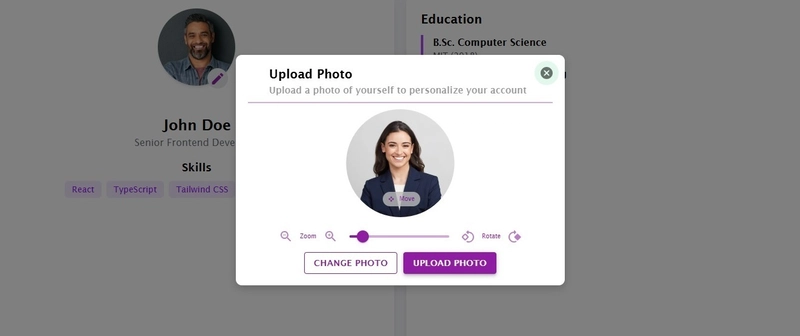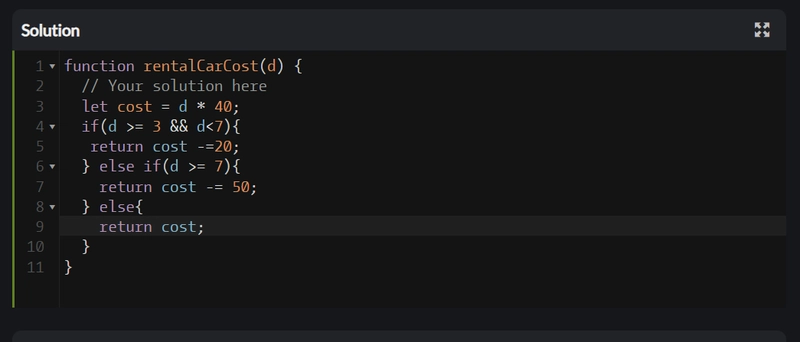Optimizing FID, LCP, and CLS: A Technical Deep Dive into Web Performance and Design Strategy
Introduction Google’s Core Web Vitals after the new updates —FID, LCP, and CLS—aren’t just performance metrics. They’re measurable signals of how well your site respects the user's time, experience, and patience. And now that these metrics directly impact SEO, they’ve gone from “nice-to-have” to “must-optimize.” How to Tackle FID Like a Developer FID issues usually come down to heavy JavaScript and a blocked main thread. One of the most effective ways to improve input responsiveness is by reducing third-party scripts or deferring them until after user interaction. Using passive event listeners and splitting large JavaScript bundles can also reduce delays. In some cases, offloading heavy computation to Web Workers is a viable strategy that lets the main thread breathe. Keeping It Steady: Solving CLS You’ve likely encountered CLS without realizing it—text that jumps when a web font loads, buttons that shift due to delayed ads, or images loading in without reserved space. These all hurt the user experience. To reduce CLS, always set width and height attributes on images and iframes so the browser can allocate space before the asset loads. Avoid injecting content above already-rendered areas unless absolutely necessary. For animations, prefer transform and opacity properties over top or left, which can trigger layout recalculations and visual jitter. LCP Is the New “Speed” When someone visits your website, the LCP is the metric that tells them “something’s happening.” It's typically the hero image, large banner, or headline at the top of your page. If it doesn’t load fast, users assume your site is slow—even if the rest is blazing. You can improve LCP by preloading important assets like hero images, reducing render-blocking resources, and minimizing server response times. Compress images, serve them in next-gen formats like WebP, and be mindful of critical CSS. Fonts also play a role here; poorly loaded fonts delay meaningful paint and throw off visual layout. Conclusion: Core Web Vitals are a reflection of how much a website values its users. They aren’t just for SEO—they’re for retention, conversion, and credibility. Optimizing FID, LCP, and CLS isn’t a one-time fix—it’s an ongoing mindset that should live in every stage of a website’s lifecycle. If you're looking to collaborate with a team that speaks both design and performance fluently, Inbound Factor builds websites with Core Web Vitals in mind—so they don’t just look great, they perform like it.

Introduction
Google’s Core Web Vitals after the new updates —FID, LCP, and CLS—aren’t just performance metrics. They’re measurable signals of how well your site respects the user's time, experience, and patience. And now that these metrics directly impact SEO, they’ve gone from “nice-to-have” to “must-optimize.”
How to Tackle FID Like a Developer

FID issues usually come down to heavy JavaScript and a blocked main thread. One of the most effective ways to improve input responsiveness is by reducing third-party scripts or deferring them until after user interaction. Using passive event listeners and splitting large JavaScript bundles can also reduce delays. In some cases, offloading heavy computation to Web Workers is a viable strategy that lets the main thread breathe.
Keeping It Steady: Solving CLS
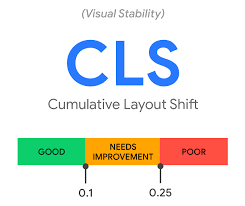
You’ve likely encountered CLS without realizing it—text that jumps when a web font loads, buttons that shift due to delayed ads, or images loading in without reserved space. These all hurt the user experience.
To reduce CLS, always set width and height attributes on images and iframes so the browser can allocate space before the asset loads. Avoid injecting content above already-rendered areas unless absolutely necessary. For animations, prefer transform and opacity properties over top or left, which can trigger layout recalculations and visual jitter.
LCP Is the New “Speed”

When someone visits your website, the LCP is the metric that tells them “something’s happening.” It's typically the hero image, large banner, or headline at the top of your page. If it doesn’t load fast, users assume your site is slow—even if the rest is blazing.
You can improve LCP by preloading important assets like hero images, reducing render-blocking resources, and minimizing server response times. Compress images, serve them in next-gen formats like WebP, and be mindful of critical CSS. Fonts also play a role here; poorly loaded fonts delay meaningful paint and throw off visual layout.
Conclusion:
Core Web Vitals are a reflection of how much a website values its users. They aren’t just for SEO—they’re for retention, conversion, and credibility. Optimizing FID, LCP, and CLS isn’t a one-time fix—it’s an ongoing mindset that should live in every stage of a website’s lifecycle.
If you're looking to collaborate with a team that speaks both design and performance fluently, Inbound Factor builds websites with Core Web Vitals in mind—so they don’t just look great, they perform like it.










































































































































































![[The AI Show Episode 144]: ChatGPT’s New Memory, Shopify CEO’s Leaked “AI First” Memo, Google Cloud Next Releases, o3 and o4-mini Coming Soon & Llama 4’s Rocky Launch](https://www.marketingaiinstitute.com/hubfs/ep%20144%20cover.png)














































































































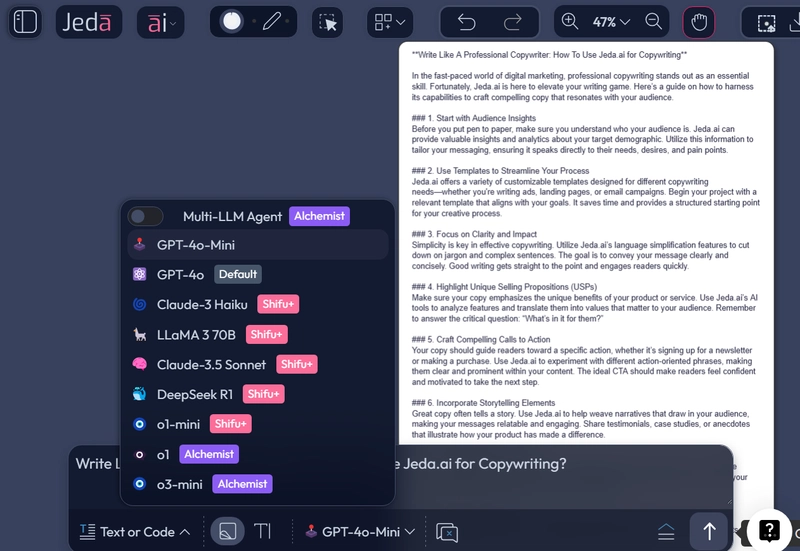

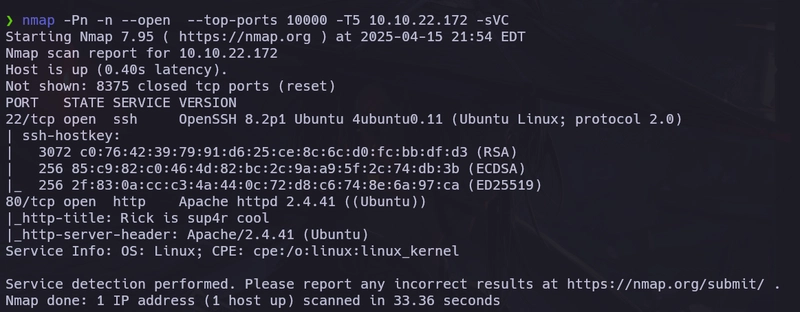





















































































![Blue Archive tier list [April 2025]](https://media.pocketgamer.com/artwork/na-33404-1636469504/blue-archive-screenshot-2.jpg?#)
































.png?#)









-Baldur’s-Gate-3-The-Final-Patch---An-Animated-Short-00-03-43.png?width=1920&height=1920&fit=bounds&quality=70&format=jpg&auto=webp#)















































































































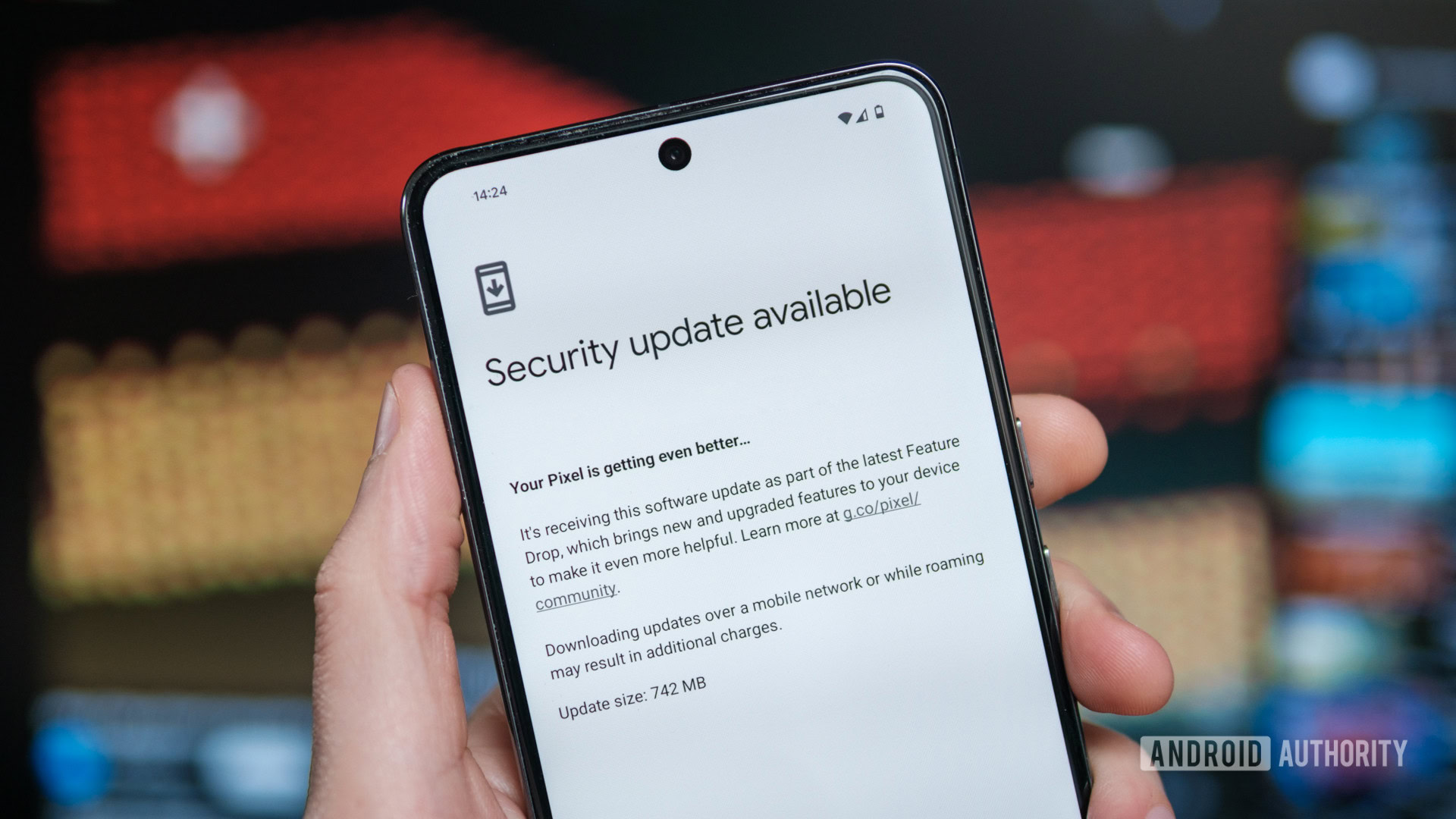




















![Apple to Split Enterprise and Western Europe Roles as VP Exits [Report]](https://www.iclarified.com/images/news/97032/97032/97032-640.jpg)
![Nanoleaf Announces New Pegboard Desk Dock With Dual-Sided Lighting [Video]](https://www.iclarified.com/images/news/97030/97030/97030-640.jpg)

![Apple's Foldable iPhone May Cost Between $2100 and $2300 [Rumor]](https://www.iclarified.com/images/news/97028/97028/97028-640.jpg)



































































































































